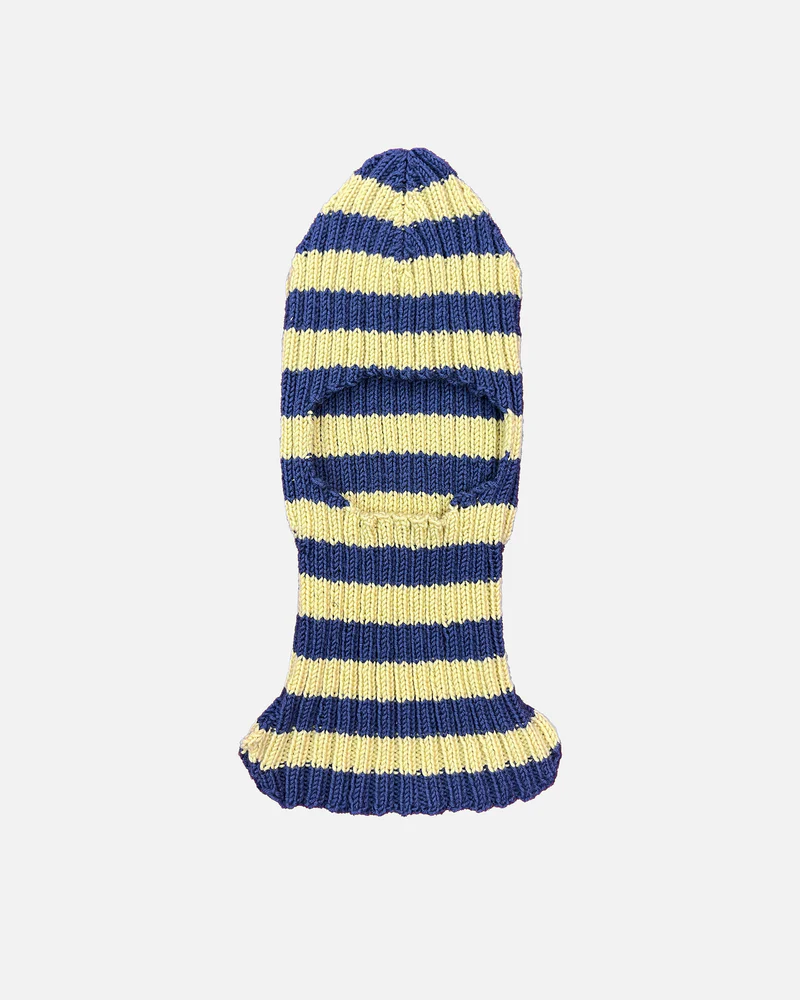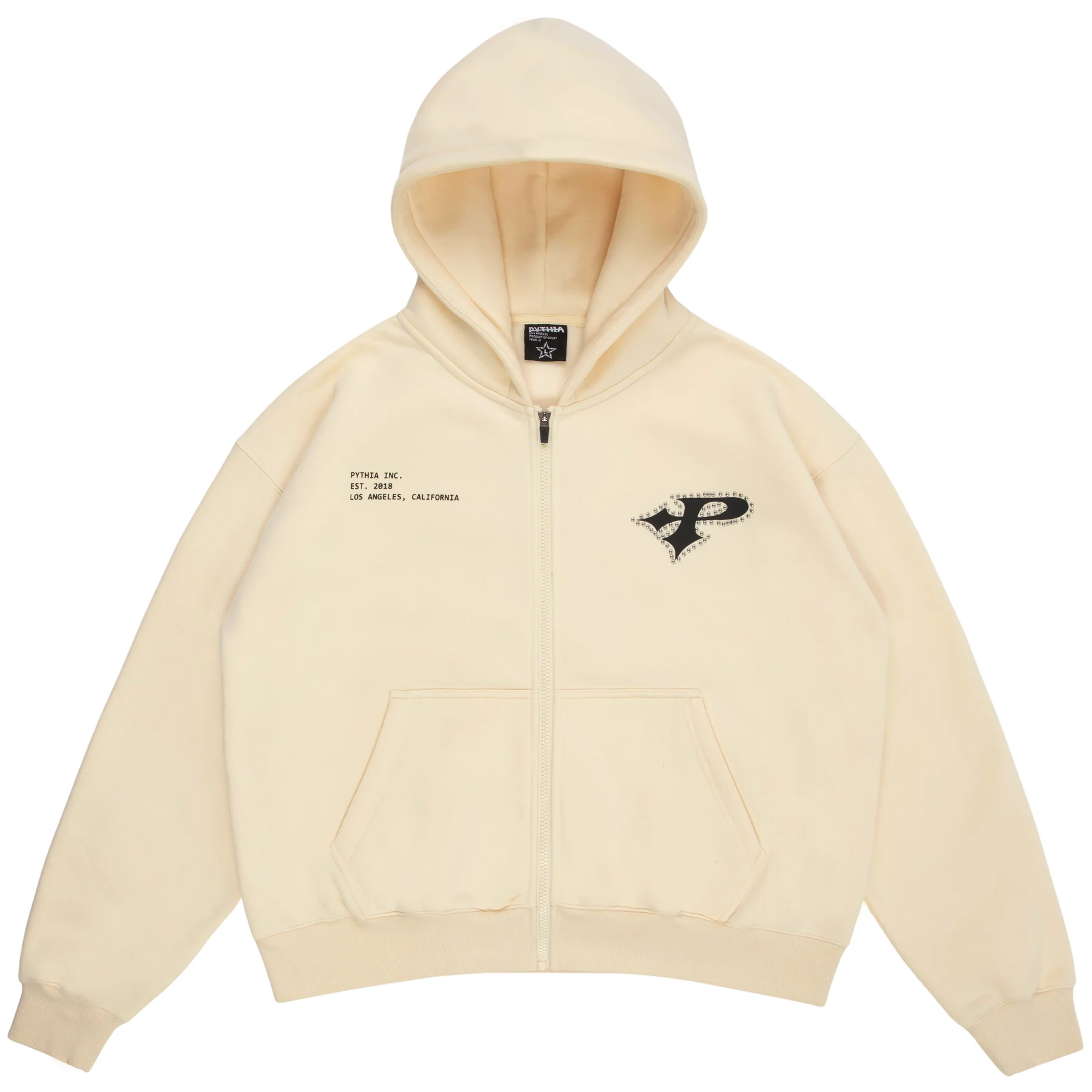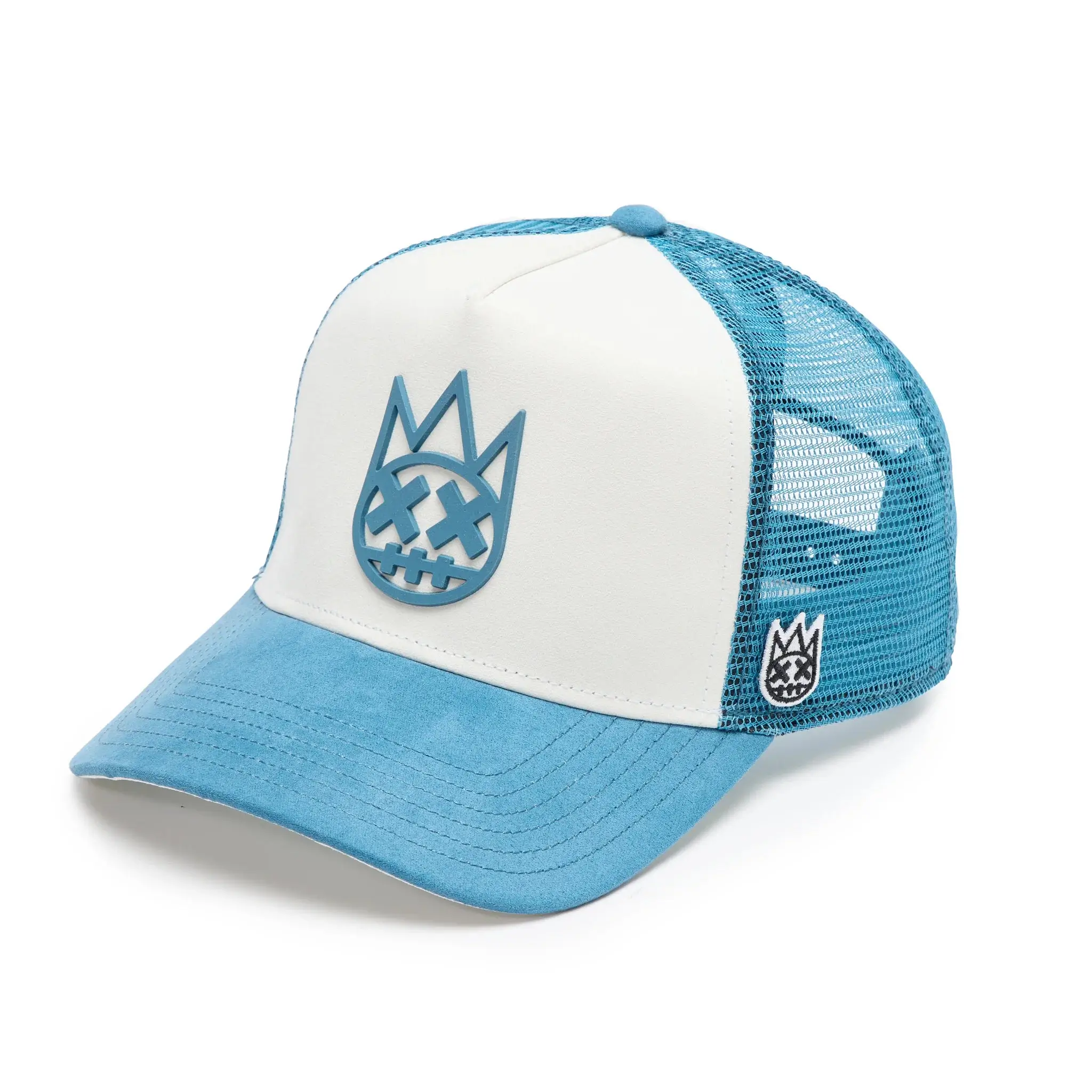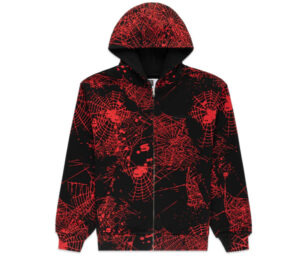In the pithy of the fashion underground, nestled somewhere between art-book erotica and anti-capitalist rebellion, Richardson has maintained a razor-sharp edge in its cultural positioning. The brand’s recent “Lovely Day” hoodie is neither saccharine nor soft, despite its name. Rather, it functions as a deceptively tender gesture—one that overlays irony and commentary over a typically mundane garment. This editorial explores Richardson’s “Lovely Day” hoodie not simply as a piece of clothing, but as a textile document, coded with the brand’s legacy of provocation, subculture immersion, and aesthetic violence softened by familiarity.
Richardson, founded in 1998 by Andrew Richardson, began as a zine—provocative, transgressive, and deeply committed to the politics of sex, censorship, and radical self-representation. The brand’s apparel extension grew out of this printed world, retaining the original zine’s irreverence and subcultural DNA. Every garment, particularly the hoodies and tees, speaks with the visual authority of poster art, the sexual tension of vintage Hustler, and the rhetorical subversion of Situationist détournement. With the “Lovely Day” hoodie, Richardson distills years of anarchic clarity into a quiet bomb—one that explodes not with volume, but with tonal dissonance.
A Title That Betrays the Object: “Lovely Day” as Ironic Thesis
To understand the hoodie, one must begin with its title. Lovely Day—borrowed, intentionally or not, from the Bill Withers song of enduring optimism—suggests sunlight, simplicity, and sincerity. But this is a Richardson garment: its loveliness is always veiled. One suspects the phrase is deployed ironically, a counterweight to the hoodie’s visual code. The tension between text and textile is where Richardson thrives. This is no act of feel-good nostalgia. Rather, “Lovely Day” exists in the psychic aftershock of disillusionment, branding its name with a wink, or perhaps a sneer.
The graphic itself plays on a recurring Richardson theme: the destabilization of innocence. The hoodie’s imagery—if it adheres to previous Richardson methods—may feature a blurred figure, erotically charged or politically suggestive, overlaid with text that defies immediate reading. Past pieces have included abstracted bondage scenes, grayscale war photography, or archival pornography recontextualized into pop-art pastiche. The “Lovely Day” hoodie, then, likely uses contrast as a tool: a cheerful phrase against an image that resists peace, beauty, or comfort.
Streetwear as Subversive Canvas: The Role of the Hoodie in Cultural Commentary
The hoodie, in fashion’s hierarchy of forms, has always been the rebel’s robe. It carries with it connotations of surveillance, marginality, and power. In the post-Trayvon Martin era, hoodies are politicized simply by being worn. Richardson has never shied away from this freight. In fact, it is precisely within such politicized spaces that the brand finds its voice. A Richardson hoodie is not merely casual wear; it is a textual proposition—a declaration meant to be read, misread, and worn into confrontation.
The “Lovely Day” hoodie doesn’t exist in a vacuum. It joins a lineage of garments that use the medium of clothing to provoke debate and reaction. From Vetements’ DHL tees to Raf Simons’ riot imagery, streetwear has always flirted with protest. Richardson intensifies this by tapping directly into pornographic and radical histories, embedding these into garments that are meant to circulate in everyday urban life. The hoodie becomes mobile resistance—a roving symbol of aesthetic insubordination.
Typography, Texture, and Graphic Language: Aesthetics of Resistance
A defining hallmark of Richardson’s visual language is its use of typography as semiotic weapon. The “Lovely Day” hoodie likely continues this tradition, deploying custom fonts that mimic institutional signage—police reports, bureaucratic stamps, or countercultural newspapers. These textual elements, stitched or screen-printed onto heavyweight cotton, act as both invitation and deterrent. You’re meant to read them—but never fully understand them.
The construction of the hoodie itself reflects utilitarian grit. Heavyweight fleece, likely around 13.5 oz or more, with industrial drawcords, drop-shoulder fits, and often garment-dyed hues that recall ‘80s subcultures—acid house, punk, Japanese bosozoku. Texture is political here. The hoodie isn’t soft because it’s cozy. It’s soft like camouflage, comforting only in order to disarm. This is armor disguised as leisurewear.
Often, Richardson prints include graphic distortions—overlays, halftone patterns, or digital glitches that erase clarity. These visual interruptions align with a post-internet visual vocabulary but also harken to the methods of pre-digital collage and zine aesthetics. The “Lovely Day” hoodie, whether printed in full-color or stark monochrome, continues this tradition of distressed legibility. The wearer is a billboard of cryptic messaging—illegible to some, uncannily familiar to others.
The Erotic Sublime: Sex as Iconography, Not Titillation
To understand Richardson is to accept that sex—real, staged, or referenced—is never used for mere allure. In the “Lovely Day” context, if there is an erotic element, it is likely framed not as fantasy, but as confrontation. Richardson’s long-standing relationship with figures like pornographer Richard Kern or artist Barbara Nitke reflects this commitment to using sexual imagery as a vector of resistance, not seduction. A body, once stripped of commercial function, becomes a symbol of reclamation.
If the “Lovely Day” hoodie includes any such imagery, it should be understood as part of the brand’s larger project: the reinsertion of raw sexuality into the aesthetic lexicon as something potent, unvarnished, and non-normative. It is here that Richardson’s ethos aligns with the queer archive, the underground press, and the history of zine-making as a space of erotic insurgency. A nipple on a hoodie is not just a nipple. It’s a refusal.
Retail Context and Scarcity: The Capitalism of Anti-Capitalism
For all its outsider aesthetics, Richardson operates within the retail ecosystem with careful precision. Drops are limited. Collaborations (such as past pairings with SUICOKE, Nick Waplington, or Nas) are scarce. Distribution is tightly controlled. The “Lovely Day” hoodie, like most of the brand’s releases, would likely be available in restricted quantities, both online and through Richardson’s flagship location on the Bowery.
This scarcity amplifies desirability, creating a feedback loop where cultural capital is extracted from subversive content and fed back into the fashion economy. Some critics might call it hypocrisy—commodifying rebellion—but Richardson’s model is more nuanced. The brand doesn’t hide its commercial nature. Instead, it uses it to amplify the contradiction: capitalism devours its enemies, and Richardson feeds it the most unpalatable parts.
The “Lovely Day” hoodie may sell for somewhere in the $160–$180 range—more than a blank fleece, less than a designer pullover. This pricing situates the hoodie in a liminal zone: accessible enough to circulate in the subcultures that inspired it, expensive enough to remain selective.
Cultural Referents: From Araki to the American Hardcore Archive
Richardson’s iconographic world is not made in isolation. The “Lovely Day” hoodie could, in a single glance, contain references to Nobuyoshi Araki’s bondage photography, Jenny Holzer’s truisms, Larry Clark’s Kids, or the liner notes of a 1982 Black Flag cassette. These references are not always overt. Sometimes they live in the background color, or in the way a body is cropped in an image, or in the decision to center text rather than align it left. But they are always present.
This makes Richardson’s work hard to plagiarize. It’s not just about images or slogans; it’s about a language of affect and association that the brand has spent decades building. To wear the “Lovely Day” hoodie is to drape oneself in a lineage—one built on punk zines, sex-positive manifestos, and street-level defiance.
From Gallery to Sidewalk: The Hoodie as Mobile Installation
Unlike the gallery wall or the museum plinth, the hoodie is a public art object in motion. Richardson understands this implicitly. The “Lovely Day” hoodie, particularly in a city like New York, becomes a wandering exhibition—a piece of wearable dissent. Whether spotted on a skater on Delancey or a photographer in Harajuku, the hoodie carries meaning that changes with its context.
This makes each wearer an unwitting curator. What does it mean when a college student wears it to class? When a club DJ pairs it with leather pants? When a 45-year-old veteran of the East Village art scene throws it on over vintage Levi’s? The object mutates as it moves through space, absorbing and refracting the identities it encounters.
Flow
What, finally, do we make of the phrase Lovely Day? Is it sarcastic? Hopeful? Both? Is Richardson offering a moment of unexpected optimism—an acknowledgment that even in chaos, beauty persists? Or is it a damning indictment of a world that dares to call itself lovely amid violence, surveillance, and hyper-capitalist alienation?
The answer lies, perhaps, in the silence between image and text, between surface and depth. The “Lovely Day” hoodie, like much of Richardson’s output, is not meant to soothe or seduce. It is meant to stir, to haunt, and to wear like a bruise. And in that sense, it is quintessentially modern: a garment not of fashion, but of feeling.
Postscript: A Note on Editions and Collectibility
As with most Richardson pieces, the “Lovely Day” hoodie is expected to appreciate over time—not just in resale value, but in historical relevance. Years from now, collectors and archivists may treat these garments the way they treat punk flyers or Situationist pamphlets: ephemera that told the truth too early for the mainstream to hear it.
In an age where fashion often speaks in emojis and slogans, Richardson continues to whisper in code. And the “Lovely Day” hoodie, for those fluent in its dialect, speaks volumes. Would you call it lovely? Maybe. But only after reading the fine print.
No comments yet.








